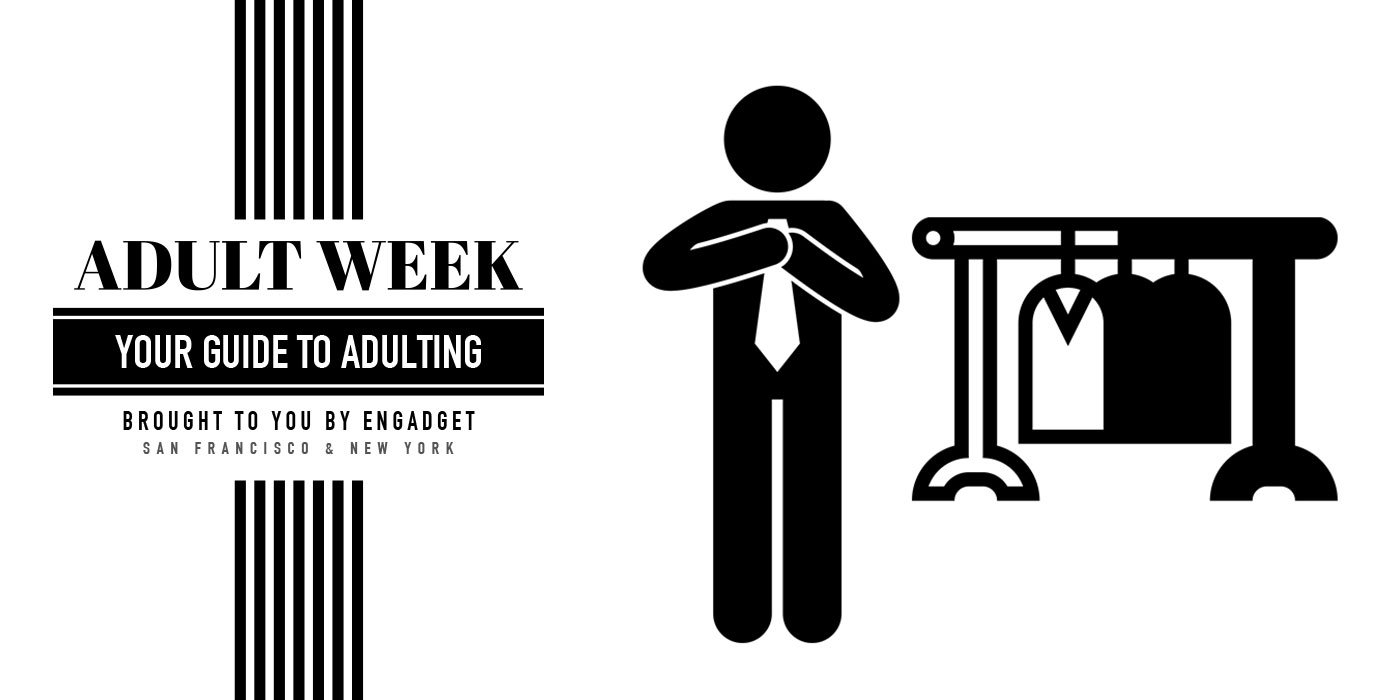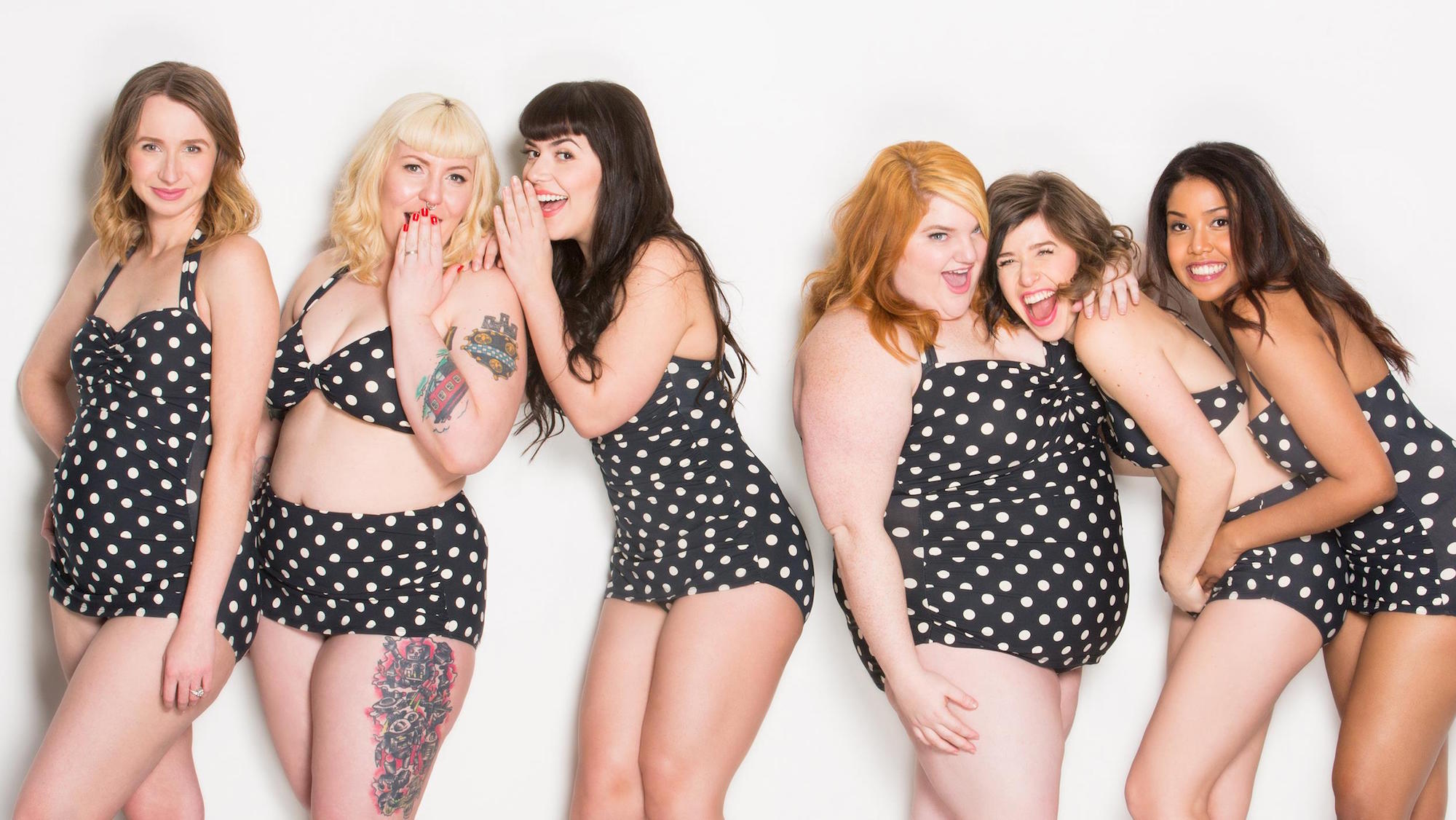
Last December, I bought a pair of jeans from Uniqlo. That was the only time I purchased clothing from a brick-and-mortar store in all of 2016. For the past few years now, I’ve done most of my clothes shopping online. Not just because it’s convenient, but because the internet provides me with fashion alternatives that I would never have discovered otherwise. The internet not only opened my eyes to different style options; it helped me feel more comfortable in my own skin.
I wasn’t really a girly girl growing up. As a kid, I ran around in shorts, and abhorred dresses. In high school, my interests trended toward science and fantasy novels rather than makeup and fashion. I didn’t learn what “foundation” was until I was 20 years old, and much of my wardrobe consisted of T-shirts and jeans. Sure, I wore the occasional dress for special occasions, but it was more out of obligation than anything else. Looking like an adult was something grownups did, and I wasn’t in a big hurry to grow up.
In my early 20s, however, I started feeling some pressure to look more presentable, especially when interviewing for jobs. So I started paying attention to what other people wore. I studied fashion magazines and TV shows and wandered around mainstream stores like Gap and Banana Republic — generic enough brands that I felt sure I couldn’t go wrong.

I soon found that the clothes I liked in fashion magazines and TV were often wrong for my body type. Not only am I short — I stand a mere five-foot-three — but I’m also pretty chubby. So “petite” size clothes were too small, while “normal” sizes were too long and needed to be hemmed or tailored. I grew to loathe off-the-rack shopping, with endless trips to the changing room, only to leave feeling disappointed.
So when online shopping took off in the early aughts, I embraced it wholeheartedly. At last, I could easily find sizes I normally had trouble finding in retail stores. It was a godsend, especially to someone like myself, who abhorred spending hours in malls.
Still, I took relatively few fashion risks, and I kept to the brands I trusted. I had it in my head that I could never really wear clothes that were “sexy” or “feminine” because they didn’t make those kinds of clothes in my size. Plus it was a style of clothing that I never thought I could pull off, given my tomboy childhood. It wasn’t that I was uncomfortable with it; it’s just that I never thought I could wear something like that. It just didn’t seem very “me.”

Credit: Modcloth
A few websites helped me see things differently. The first was Modcloth, which introduced me to the world of vintage-inspired fashion. It struck me as a more affordable alternative to Anthropologie, a brand known for its soft, feminine pieces. But what was particularly intriguing about Modcloth is that even the most flirty of dresses came in my size. On a whim, I thought, hey, why not take a risk? It looks like it might fit. So I ordered a green ruffled dress with a zip that ran up the cleavage. And, to my surprise, it looked pretty good.
That kicked off a Modcloth love affair that lasted for several years. I started experimenting with all manner of looks, from sensible sheath dresses to flirty laced skirts, because these were clothes that actually fit me. It gave me a freedom to try different things; to figure out exactly what my style was. All of a sudden, I was not afraid to wear pretty much anything.
I explored this even further with a personalized styling service called Stitch Fix that launched a few years ago, but which has grown quite a bit since then. Though the company declined to reveal user numbers, Stitch Fix says it’s now shipped “millions” of fixes, and brought in $ 250 million in revenue in 2015 alone. The idea behind the service is that you plug in your measurements, answer a few questions about your style preferences and budget, and it sends you a selection of clothes for a $ 20 fee. If you don’t like them, you can send them back in an enclosed envelope. If you do decide to keep any of the clothing items, the earlier $ 20 will be applied as a credit toward a purchase. But if you buy the entire package, you get 25 percent off everything.
My first package contained five different items, three of which I didn’t like — one was an oversize cardigan that made me look like a blob, one was a humdrum shirt and another was a dress that didn’t fit. But I also received a green chevron tank — a style and pattern that I never thought would be my thing — that fit perfectly. I loved it. I also kept a necklace and a clutch. So I returned the items I didn’t like, with a note explaining why.

A month later, I went ahead and gave Stitchfix another shot. This time, all the items were perfect, in a surprising way. Pink cropped pants? A laser-cut see-through blouse? These are not the kind of clothes I would ever pick out for myself. And yet I really liked them, and they looked flattering on me, too.
These days, there are many other stylist options on the internet. Keaton Row and Tog & Porter are a little more high-end, but also promise a more personalized service. Trunk Club started as a service for men, but has since expanded to women. Similarly, Stitch Fix now has a men’s section too. Bombfell is one that serves exclusively men. Seeing how beneficial Stitch Fix was for me, I would certainly recommend giving the online stylist a shot.
Growing up, I never thought of myself as a clothes horse, because I just wasn’t comfortable enough with who I was and, importantly, I didn’t really figure out how I wanted to present myself to the world. What I’ve realized — with the help of the internet — is that if you take away sizing limitations and preconceived notions, that I have the freedom to dress and look however I want. That, I believe, is truly what it means to dress like an adult.
Check out all of Engadget’s “Adult Week” coverage right here.




